Related Research Articles

Veit Harlan was a German film director and actor. Harlan reached the highpoint of his career as a director in the Nazi era; most notably his antisemitic film Jud Süß (1940) makes him controversial. While viewed critically for his ideologies, a number of critics consider him a capable director on the grounds of such work as Opfergang (1944).
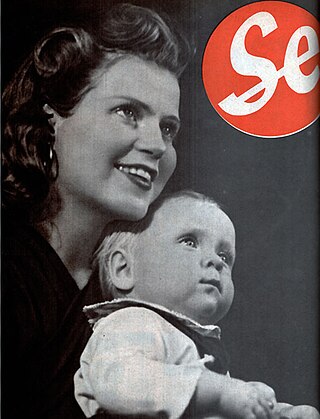
Beata Margareta Kristina Söderbaum was a Swedish-born German film actress, producer, and photographer. She performed in Nazi-era films made by a German state-controlled production company.

Peter Henlein, a locksmith, clockmaker, and watchmaker of Nuremberg, Germany, is often considered the inventor of the watch. He was one of the first craftsmen to make small ornamental portable clocks which were often worn as pendants or attached to clothing, and which are regarded as the first watches. Many sources also erroneously credit him as the inventor of the mainspring.

The Devil Strikes at Night is a 1957 West German crime thriller film directed by Robert Siodmak and starring Claus Holm, Mario Adorf and Hannes Messemer. The film noir is based on the true story of Bruno Lüdke. It was shot at the Baldham Studios. The film's sets were designed by the art directors Gottfried Will and Rolf Zehetbauer. Location shooting took place in Berlin and Munich. It was nominated for the Academy Award for Best Foreign Language Film, as well as winning German Film Award for Best Fiction Film in its native country.

The Great King is a 1942 German drama film directed by Veit Harlan and starring Otto Gebühr. It depicts the life of Frederick the Great, who ruled Prussia from 1740 to 1786. It received the rare "Film of the Nation" distinction. It was part of a popular cycle of "Prussian films".
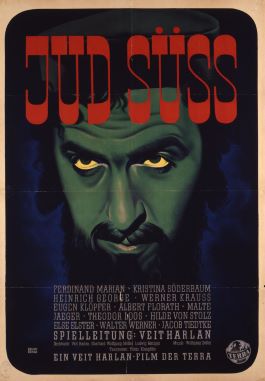
Jud Süß is a 1940 Nazi German historical drama/propaganda film produced by Terra Film at the behest of Joseph Goebbels. Considered one of the most antisemitic films of all time, the film was directed by Veit Harlan, who co-wrote the screenplay with Eberhard Wolfgang Möller and Ludwig Metzger. It stars Ferdinand Marian and Kristina Söderbaum with Werner Krauss and Heinrich George in key supporting roles.

The Ruler is a 1937 German drama film directed by Veit Harlan. It was adapted from the play of the same name by Gerhart Hauptmann. Erwin Leiser calls it a propagandistic demonstration of the Führerprinzip of Nazi Germany. The film's sets were designed by the art director Robert Herlth. Location shooting took place around Oberhausen and Pompeii near Naples. It premiered at the Ufa-Palast am Zoo in Berlin.
Die goldene Stadt, is a 1942 German color film directed by Veit Harlan, starring Kristina Söderbaum, who won the Volpi Cup for Best Actress.

The Journey to Tilsit is a 1939 German drama film directed by Veit Harlan and starring Kristina Söderbaum, Philip Dorn and Anna Dammann.
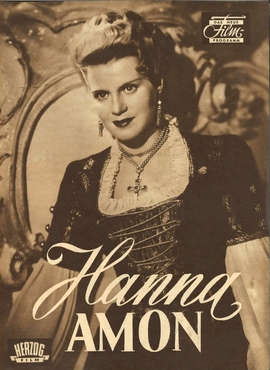
Hanna Amon is a 1951 German Agfacolor drama film directed by Veit Harlan and starring Kristina Söderbaum, Lutz Moik and Ilse Steppat. It was shot at the Göttingen Studios and on location in Upper Bavaria. The film's sets were designed by the art directors Hans Berthel and Rochus Gliese. It was the second film after Immortal Beloved in a post-war comeback by director Harlan and his wife Söderbaum, who remained controversial figures due to their association with the Nazi era. Both films were major commercial hits, despite calls for a boycott.
Fräulein Veronika is a 1936 Austrian-Swiss comedy film directed by Veit Harlan and starring Thekla Ahrens, Carl Esmond and Hans Moser. It is based on the play Veronika by Fritz Peter Buch. The film is sometimes known by the alternative title Alles für Veronika. It was shot at the Hunnia Studios in Budapest. It premiered in Vienna in August 1936, then opened in Munich in December, and Berlin in February 1937.

Somnambul is a 1929 German silent horror film directed by Adolf Trotz and starring Fritz Kortner, Erna Morena and Veit Harlan. The film is set against the backdrop of spiritualism. The Berlin clairvoyant Elsbeth Guenther-Geffers appeared in the film. The film's art director was August Rinaldi.
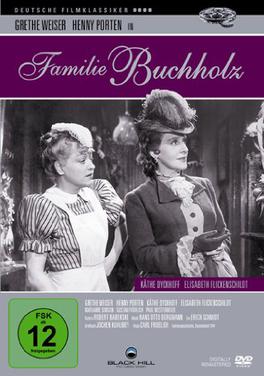
The Buchholz Family is a 1944 German drama film directed by Carl Froelich and starring Henny Porten, Paul Westermeier, and Käthe Dyckhoff. Based on an 1884 novel by Julius Stinde, it is a family chronicle set in late nineteenth century Berlin. The same year saw the release of a second part Marriage of Affection. It was shot at the Tempelhof Studios in Berlin. The film's sets were designed by the art director Walter Haag.

Covered Tracks is a 1938 German historical drama film directed by Veit Harlan and starring Kristina Söderbaum, Philip Dorn, and Charlotte Schultz. It was shot at the EFA Studios in Berlin's Halensee and the Bavaria Studios in Munich with location shooting taking place in both cities as well as in Paris. The film's sets were designed by the art directors Karl Haacker and Hermann Warm. It premiered at the Venice Film Festival.
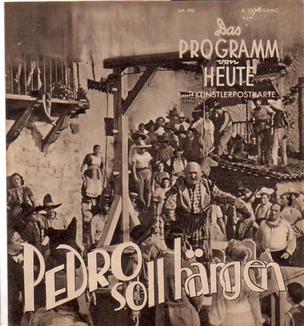
Pedro Will Hang is a 1941 German adventure film directed by Veit Harlan and starring Gustav Knuth, Heinrich George and Maria Landrock.
Werner Eplinius (1907-1957) was a German screenwriter.

The Trip to Marrakesh is a 1949 West German drama film directed by Richard Eichberg and starring Luise Ullrich, Maria Holst and Karl Ludwig Diehl. It was Eichberg's last film and his first in a decade, having spend time abroad since his two part Indian-set The Tiger of Eschnapur.
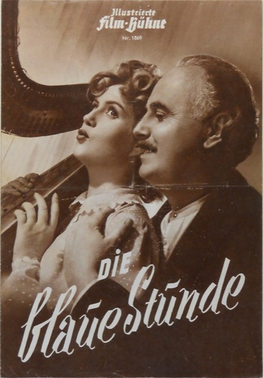
The Blue Hour is a 1953 West German comedy film directed by Veit Harlan and starring Kristina Söderbaum, Hans Nielsen and Kurt Kreuger. Production began on the film in October 1952. It was shot at the Göttingen Studios and on location on the island of Capri. The film's sets were designed by the art director Walter Haag. Because of public protests against his wartime role as a Nazi filmmaker, Harlan considered turning over the project to his colleague Geza von Bolvary but eventually decided to direct it himself.
Alarm at Midnight or Help! Armed Assault! is a 1931 German thriller film directed by Johannes Meyer and starring Hans Stüwe, Hans Brausewetter, and Otto Wallburg.

Stradivari is a 1935 German drama film directed by Géza von Bolváry and starring Gustav Fröhlich, Sybille Schmitz and Harald Paulsen.
References
- Noack, Frank (2016) [2000]. Veit Harlan: "des Teufels Regisser"[Veit Harlan: The Life and Work of a Nazi Filmmaker]. Lexington: University Press of Kentucky. ISBN 978-0-8131-6700-8.